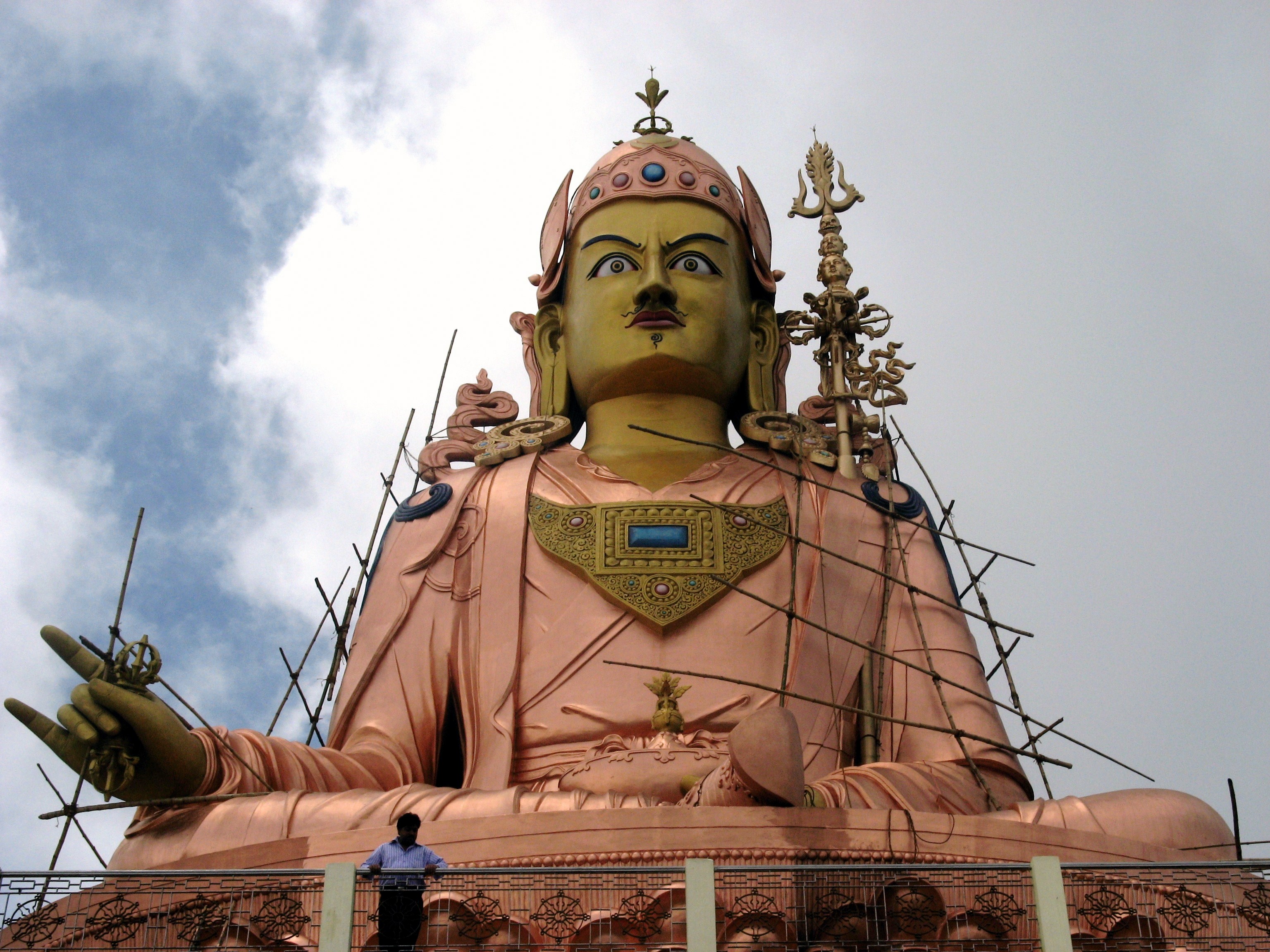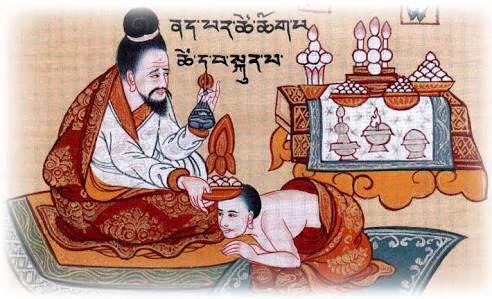
It’s been a very long time since I last posted, in part because I’ve been working for a good while on a Sky Press publication which is now finally available for purchase, so consider this an announcement! The book in question is called ‘Foundations of Sowa Rigpa’: A Guide to the Root Tantra of Tibetan Medicine’ and it offers a wonderful distillation of Dr Nida’s twenty-five odd years of teaching Tibetan medicine to students from all over the world. The book presents Dr Nida’s extensive commentary on the six chaptersof the first and most foundational ‘Tantra’ (volume or treatise) of the Tibetan medical textbook known as the Gyü Zhi (‘The Four Medical Tantras’). Compiled in the twelfth century CE, this four-volume manual still forms the better part of Sowa Rigpa curricula around the world today. ‘Foundations of Sowa Rigpa’ offers over 600 pages of original commentary, translations, charts and diagrams, and other resources for students. I served as editor and translator for the book, working closely with Dr Nida to condense together hours of oral transcripts and various translations into text that could serve as a companion volume to the Root Tantra and introduction to Sowa Rigpa more generally. In preparing the book, Dr Nida, my colleagues at Sky Press and I aimed to create something that would be useful and accessible to both casual readers and current or future students of Sowa Rigpa. Our goal was to produce a textbook that could support non-Tibetan students in their study of Sowa Rigpa and Tibetan language on the one hand, and provide resources and inspiration for Tibetan and Himalayan Sowa Rigpa students and practitioners who work in cross-cultural contexts and engage with English-speaking students, colleagues, and patients on the other. We hope that the book will help students to understand and internalize the core principles of Tibetan medicine, that it will help them to understand how the individual volumes and sections of the Gyü Zhi relate to one another and to Tibetan and global healing traditions more broadly, and that, above all, it will inspire in readers a profound appreciation and reverence for Sowa Rigpa, and help them to live healthier and happier lives and benefit others as well.
One of the most striking and unique features of this book and Dr Nida’s teaching is the strong emphasis he places on making Sowa Rigpa relevant to individual patients’ and healers’ lives. I’m delighted that we can finally share the book with the world and I am certain it will be of interest and benefit to a wide range of readers. You can see the front and back covers, read the contents list, view a few sample pages, read the Introduction, and read a little about Dr Nida here, on the Sky Press website.

Both the physical and e-book versions of the text will be available for purchase from Monday, February 12th 2024 (Orders made between now and Monday will receive a pre-order discount as well!). Purchase of the e-book includes access to an online mini-course hosted through the Sowa Rigpa Institute as well, which includes printable versions of key diagrams in the book as well as several extra audio-visual resources.
Steve James of the Guru Viking podcast just did a great interview with Dr Nida about the book as well, which is a great listen:
Losar Tashi Delek and much love to you all, and please watch this space for more regular posts in the new Wood Dragon year! I have a bunch of unfinished blog post drafts to share with you on all kinds of topics and I remain deeply grateful for your continued interest and support.









